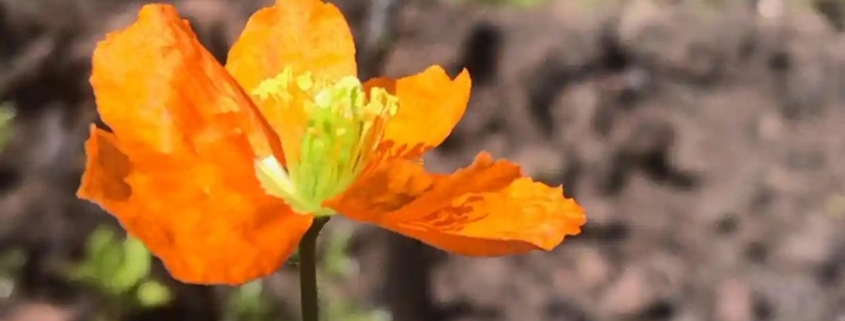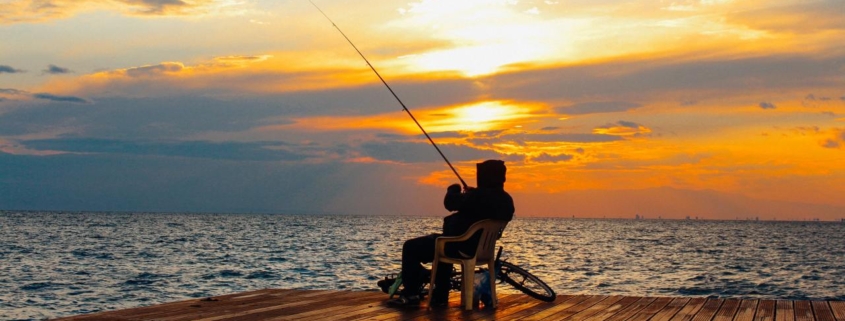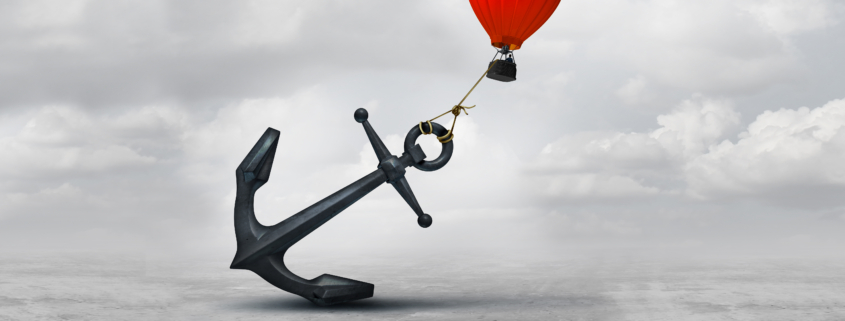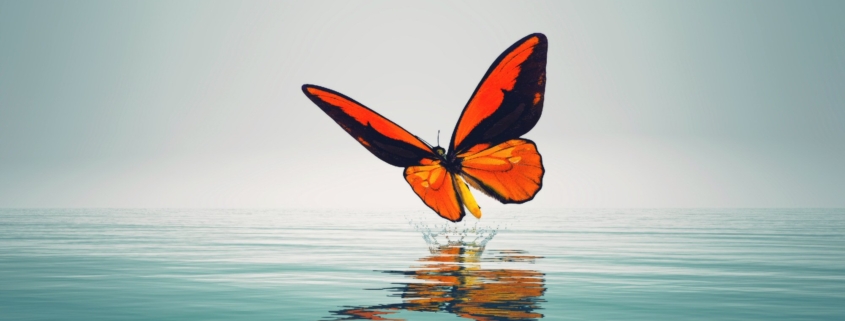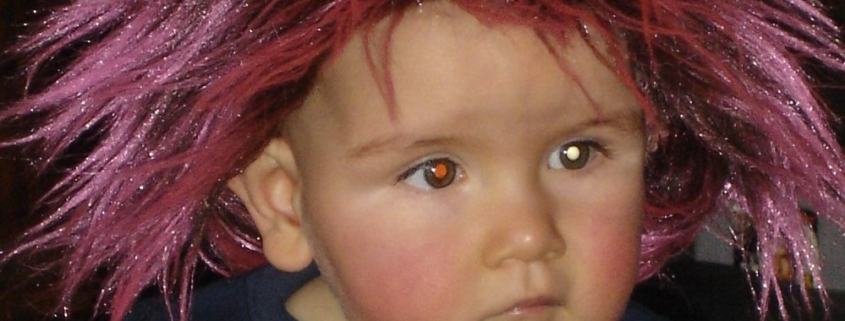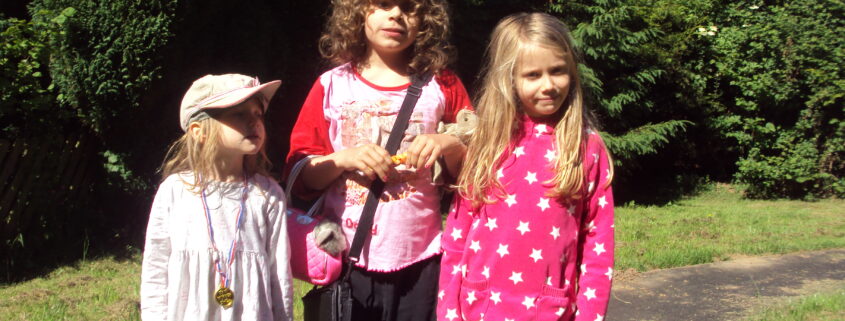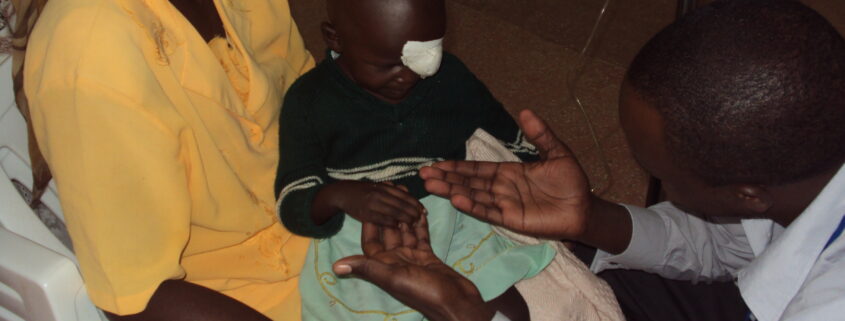8 Ways to Heal Survivor Guilt
Anyone affected by retinoblastoma can experience survivor guilt – child and adult survivors, siblings, parents, grandparents, and others. WE C Hope CEO and Rb Survivor Abby White concludes this four-part series on Survivor Guilt with 8 practical suggestions to help acknowledge, move through, and heal from the destructive emotions that fuel survivor guilt.

